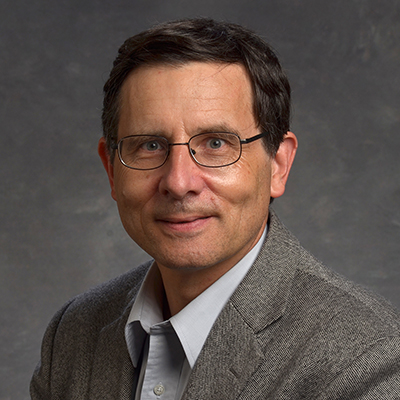Putting a diamond on the largest ring in the world
July 4, 2012 is one of the most exciting dates to remember in modern science. On this day, scientists working with the Large Hadron Collider (LHC) at the European Organization for Nuclear Research (CERN) in Switzerland discovered a particle consistent with the characteristics of the Higgs boson particle. This particle is predicted by the Standard Model of particle physics. The model is very successful in linking measurements made with previous particle accelerators, but still leaves unanswered questions about how the universe works. The model does ignores dark matter and dark energy, and while it describes the behavior of the Higgs particle it does not predict its own mass. These mysteries indicate there must be a larger picture that includes new forces and particles, and the Standard Model is only part of it.
This is where the LHC, the world’s largest and most powerful particle accelerator comes in. The LHC was first conceived in 1984, and brought online in 2008. It consists of a 27-kilometer ring of superconducting magnets with accelerating structures that boost protons to unprecedented energies beyond the reach of any previous accelerator. When they collide the energy can convert into new particles, like a smaller and more controlled replication of the Big Bang. The particle spray from such an event is registered by a large assembly of detectors surrounding the collision point. The Compact Muon Solenoid (CMS) is one of those detector assemblies. The CMS is built around a magnet that generates a magnetic field 100,000 times greater than the magnetic field of Earth, and weighs more than the Eiffel tower in Paris. At present, the inner instruments of the CMS detector are made of silicon. They provide fast high-precision measurements of particle tracks.
The production of new particles is rare, so the LHC must collide protons as often as possible. The LHC will be upgraded to higher beam intensities in 2025 and collide protons ten times more often than is possible today. The inner detectors of CMS have to withstand the enormous number of particles from collisions after the upgrade, and silicon may not. Silicon detectors also need to be kept very cold which requires additional refrigeration equipment that requires space and resources. The University of Tennessee’s CMS team, led by Stefan Spanier, is exploring replacing silicon with artificially grown polycrystalline diamond which is expected to be more radiation hard and does not need cooling.
The new material must be able to withstand the particle increase, the detectors must be highly granulated so particles can be distinguished, and they must be able to process rapid electrical signals generated by particles. The design currently pursued by Spanier is a readout chip attached directly to the diamond substrate. The combination of new electronics and prospective diamond substrates will be tested with particle beams at the Fermi National Laboratory. This new instrumentation can also be used in faster and more efficient medical imaging devices, radiation detectors for space exploration, and has potential for applications in homeland security.
The future of this research includes:
● The first prototype for the detector readout chip is available and will be ready for bonding to diamond in Fall 2017.
● Particle beam testing will begin in Fall 2017, and continue into Spring and Summer 2018.
● Exposure of the diamond detectors to high flux of neutrons in a reactor in Fall 2018 and tests with particle beams will be repeated.
Stefan Spanier is a physicist at the University of Tennessee attempting to use diamonds for the upgrade of the largest particle accelerator in the world. The Large Hadron Collider (LHC) helps scientists probe theories about the existence of certain particles and how they interact with each other. The LHC can create particles never seen before, providing humanity with information that revolutionizes our understanding of physics. Cutting-edge scientists like Spanier are responsible for developing new detectors that are needed to push these searches for new particles.
Bio
Stefan Spanier didn’t come into contact with particle physics until the end of his graduate studies. He read an article about CERN and decided he wanted to work with the most exciting physics research program available. He applied to a summer student program that allowed him to participate in the Large Electron-Positron Collider project, a predecessor of the LHC. He continued his research at Stanford University’s accelerator center before becoming a physics professor at the University of Tennessee (UT), and the lead researcher on the CMS team at UT.

